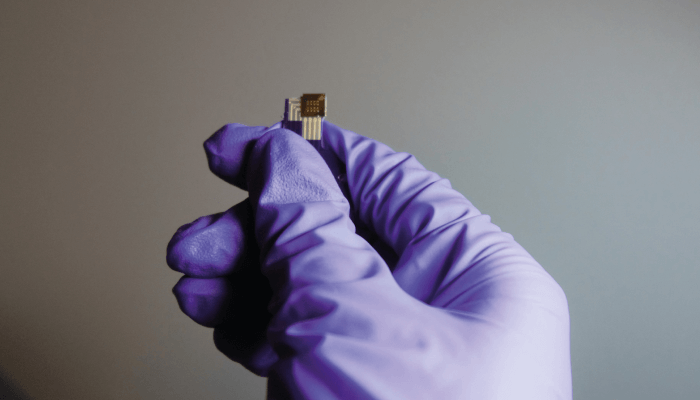From aiding in the development of new drugs to enhancing the efficiency of manufacturing practices, AI is changing the way pharma works. But AI’s impact on the environment has not yet been fully addressed – it’s estimated that the energy consumed by computers when training an AI platform results in a carbon footprint that is five times greater than the entire lifespan of a car (1).
Now, researchers at Purdue University have developed a hardware device made of quantum material that could inject extra intelligence, reducing reliance on energy-draining software platforms (2). According to Shriram Ramanathan, a professor at the university, the hardware’s design was inspired by the way the human brain stores and recalls information.
“Human beings store elementary information in a hierarchical way in their brains. And this allows us to categorize complex information so that it can be recalled and reconstructed when needed,” he explains. “Similarly our device relies on neural trees whose ‘branches’ hold information about different categories of data.”

In brief, the researchers introduced a proton to neodymium nickel oxide – a quantum material – and applied an electric pulse to the proton, causing it to move through the material and create areas of electrical resistance that behave like data storage sites.
Ramanathan believes the device could eventually be of benefit to pharma, which will increasingly rely on AI. “Companies often deal with large and complex datasets. Using our hardware, patient, drug, and disease information could be sorted into various categories allowing patterns to be easily identified across datasets,” he says. Understanding such patterns could help researchers extract the most meaningful information from their records and develop drugs best suited to specific disease areas.”
References
- MIT, “Reducing the carbon footprint of artificial intelligence”, (2020). Available at: https://bit.ly/2zNMz2k
- H Zhang et al., “Perovskite neural trees”, Nature Communications, 11, 2245 (2020).




